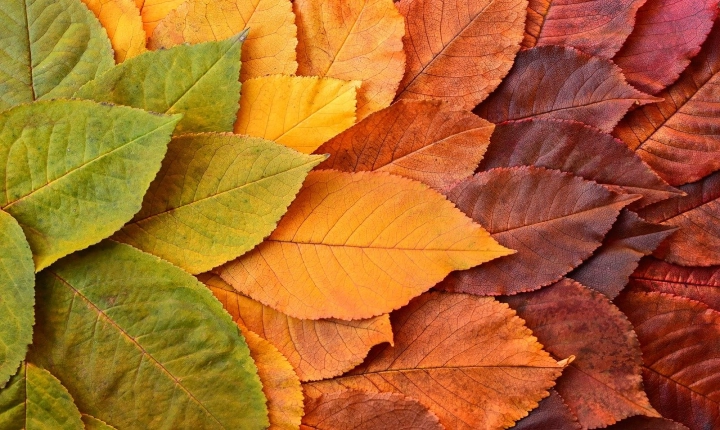Creating AI art has become a popular and fascinating field for many artists and technology enthusiasts. With advancements in artificial intelligence, it is now possible to generate unique and captivating artworks using machine learning algorithms. Whether you are a seasoned artist or a tech-savvy individual, exploring the world of AI art can be a rewarding and enriching experience. In this article, we will explore how you can start creating AI art and delve into the potential of this emerging artistic medium.
To begin creating AI art, you do not necessarily need to be an expert in programming or machine learning. There are many user-friendly platforms and tools available that allow individuals to experiment with AI-generated art without a deep understanding of the underlying technology. One such popular platform is DeepArt, which allows users to upload a photograph and apply various artistic styles using AI algorithms to transform the image into a unique piece of art. This provides an accessible starting point for anyone interested in exploring AI art.
For those with a more technical background, delving into the world of generative adversarial networks (GANs) and neural style transfer can provide a deeper understanding of how AI can be used to create art. GANs are a type of machine learning model that consists of two neural networks, one that generates images and another that evaluates them. This framework can be used to create original art pieces by training the networks on a dataset of artwork and then allowing them to generate new images based on the learned style and characteristics of the original artwork.
Neural style transfer, on the other hand, allows artists to apply the style of one image to another using deep learning techniques. By leveraging pre-trained neural networks, artists can combine the content of one image with the style of another, creating visually stunning and innovative artworks.
Another approach to AI art involves using creative coding and algorithms to generate art in real-time. Artists can use programming languages such as Python and libraries like TensorFlow or PyTorch to create AI-powered artworks that respond to user input, environmental factors, or other forms of data. This approach allows for the creation of interactive and dynamic AI art installations and experiences.
As AI art continues to evolve, it offers new possibilities for artistic expression and creativity. It challenges the traditional notions of authorship and creativity, blurring the lines between human and machine-generated art. The collaboration between artists and AI algorithms presents an opportunity to explore new conceptual frameworks and push the boundaries of artistic expression.
While creating AI art can be an exciting and innovative process, it also raises questions about the ethical and social implications of using machine learning algorithms to generate art. As artists navigate this new terrain, it is crucial to consider issues such as copyright, attribution, and the broader societal impact of AI-generated art.
In conclusion, the world of AI art presents an exciting opportunity for artists and technologists to collaborate and explore the intersection of creativity and technology. Whether you are interested in experimenting with user-friendly AI art tools or delving into the depths of machine learning and neural networks, there are numerous avenues to explore. As AI continues to advance, the potential for creating groundbreaking and thought-provoking AI art is only limited by our imagination.
